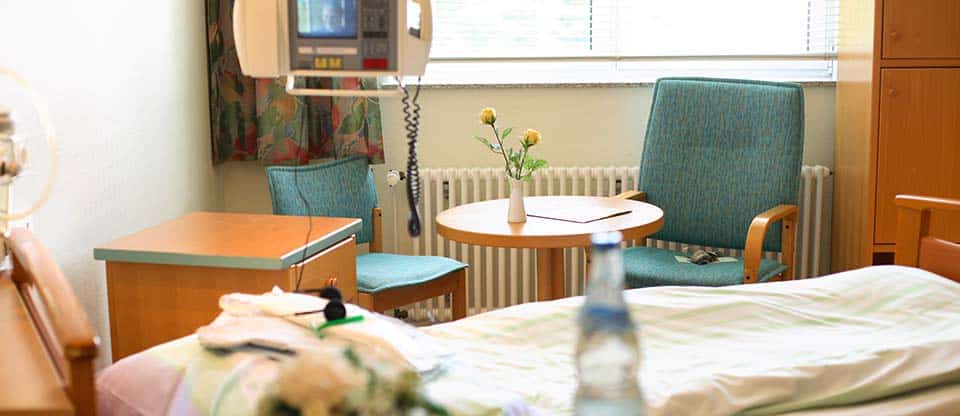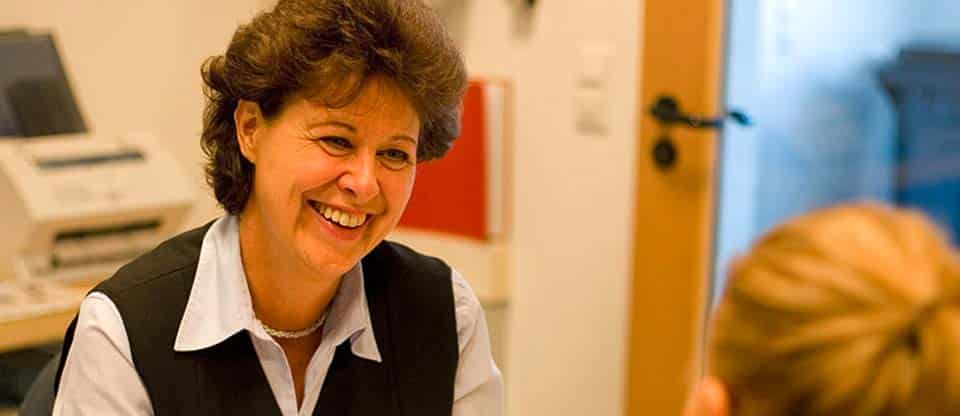As with other cancers, follow-up of a patient with lung cancer is important. Patients are strongly advised to follow a schedule of regular follow-up examinations after the end of treatment. They serve primarily to recognize in time the appearance of a tumor again (relapse), or diseases concomitant with therapy, or diseases as a result of therapy.
In these cases, appropriate treatment can be started in a timely manner. If it is cancer, including tumor recurrence (recurrence), and it is limited to the lungs, then with immediate adjuvant therapy, recovery is fundamentally possible.
For the time after the end of treatment, a structured plan for monitoring and follow-up examinations should be drawn up and agreed. It includes medical examinations.
Observation plan:
- 4 - 6 weeks after the end of therapy: the first control
- After the next 6 weeks: second control
- From the 3rd month to the end of the 2nd year: regular checks every 3 months
- 3rd – 5th years: regular check-ups every 6 months
- From the 6th year: one control per year
Control examinations
Since when monitoring a patient who has had lung cancer, first of all, it is about recognizing the formation of a new tumor in the lungs, control is usually limited to the following examinations:
- Collection of anamnesis (current complaints)
- Patient examination
- Blood test
- X-ray examination of the lungs
- Pulmonary Function Test
In the main part of the operated patients, computed tomography (CT) of the lungs and bronchoscopy are additionally performed at certain intervals: in the first year after 6 months, then once a year for the first 5 years.
If a suspicious finding is detected during the controls, then further examinations are scheduled.
Head of the Clinic for General, Visceral, Thoracic and Endocrine Surgery
Video
Request appointment
Useful links














